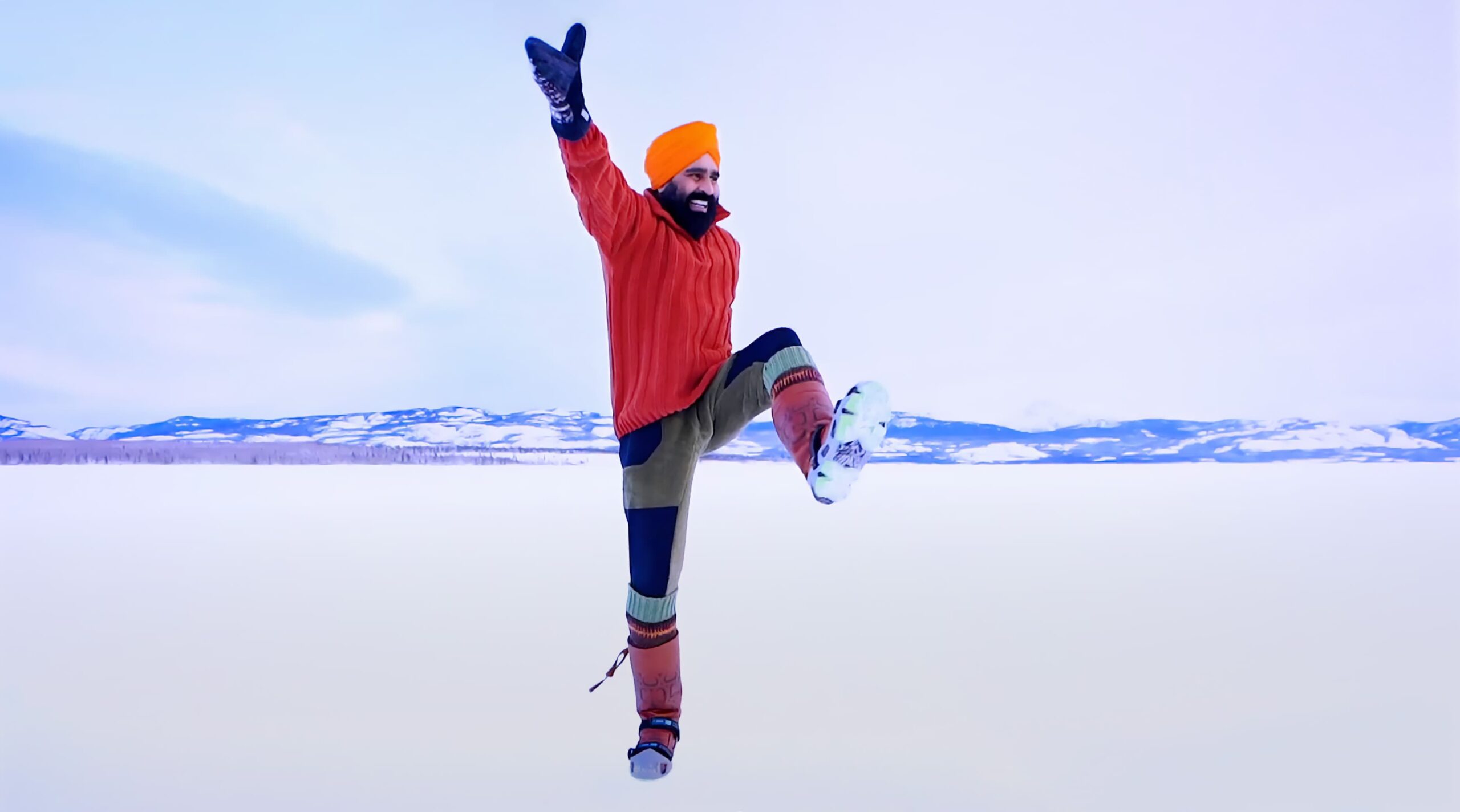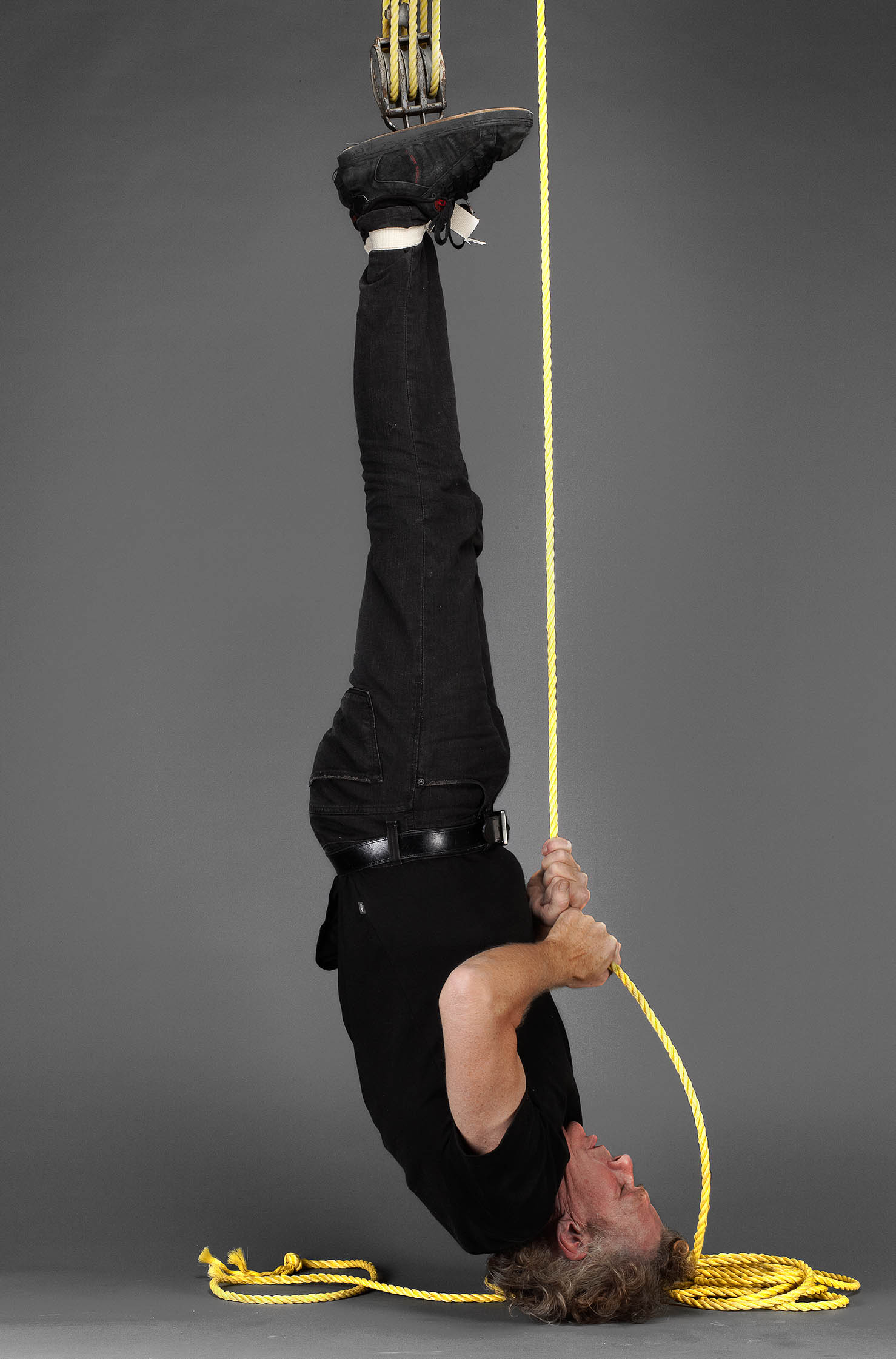The following case study recording is from the ‘Innovating with Collections Online’ cohort member Robert Steven, Executive Director, Portrait Gallery of Canada.
Throughout the programme, Robert’s goal was to discover and compile everything needed to begin a born-digital collection of user-generated content for the Portrait Gallery of Canada. Robert imagined it would be a simple matter of trial and error, but discovered along the way that there were many other variables and stakeholder concerns to be considered.
Transcript
My name is Robert Steven, I’m the executive director of The Portrait Gallery of Canada. We’re a startup museum for the future of Canada that is interested in the stories of the persons and peoples that make up Canada, and the way that they portray themselves and are portrayed by others in all media, including the digital.
Our goal started out seeming simple enough, it was to discover and compile everything that I thought I would need to begin a born-digital collection of user-contributed content. I assumed that everything I would need would be readily available and simple to experiment with, so I imagined this would be a simple matter of trial and error and to a certain extent it could have been, but I discovered along the way that there are many more variables that can be considered than I would have expected, but more importantly I discovered that there are many more stakeholder concerns to be considered than I would have expected.
So throughout the project, we started out strong with a real-world and online demonstration of the possibilities for collecting and preserving vernacular sort of digital portraits of the participants in a program with our booth at Art Toronto in October. This was extremely well received at the art fair, and we are pleased with the outcome online as well. And from then on from month to month, we continued to develop my research strategy in ever greater and greater detail and specificity, as preliminary findings and consultations with stakeholders continually raise new and more challenging questions about the purpose, the methods and validity of the collecting initiative. In December, January and February, I gave presentations to our board of directors and to our program committee describing our research, and proposed next steps, that each of those has led to further questions from the members that must be dealt with before proceeding to production.
There have been more challenges than I had ever imagined there would be. I have spent a lot of time thinking about these, and I believe that the root of all of these challenges comes from the fact that communicating something new, unfamiliar, and unexpected to a range of stakeholders is very challenging because everyone involved requires substantial amounts of new information having different starting places, but generally not much background, but the extent and level of that information differs widely from one stakeholder to another, so many dimensions of information, many dimensions of, of risk assessment and justification have been requested that I wouldn’t expect it in my, from my own point of view.
Oh so far we’ve learned that advocating for a new initiative, especially one that might be considered to change the scope or underlying nature of an organization, is a much greater task than designing and developing the initiative itself. But that advocacy is a critical, and in fact unavoidable step in the process that cannot be taken for granted.
So in terms of next steps, I am continuing to develop detailed plans and specifications that, to meet the various informational needs of our board and to allow for the kind of external analysis, legal, market analysis among others of the concept that they have requested in hopes of advancing the project towards production and implementation once the board’s concerns have been met.
This work will absolutely impact our future projects and our future way of working. This project has clearly exposed gaps existing between our various stakeholders in terms of their level of comfort with, and their level of interest in, the collection of digital heritage. Our experience of overcoming the challenges of discussing new ideas from a wide range of perspectives will be of great use to us as we continue to define the nature of our young organization. And as we reach outwards to collaborate with others from much wider perspectives as we grow.
In the clip, Robert Steven breaks down the project:
- Goal
- Activities
- Challenges
- Learnings
- Next Steps
- Impact of work on future projects


